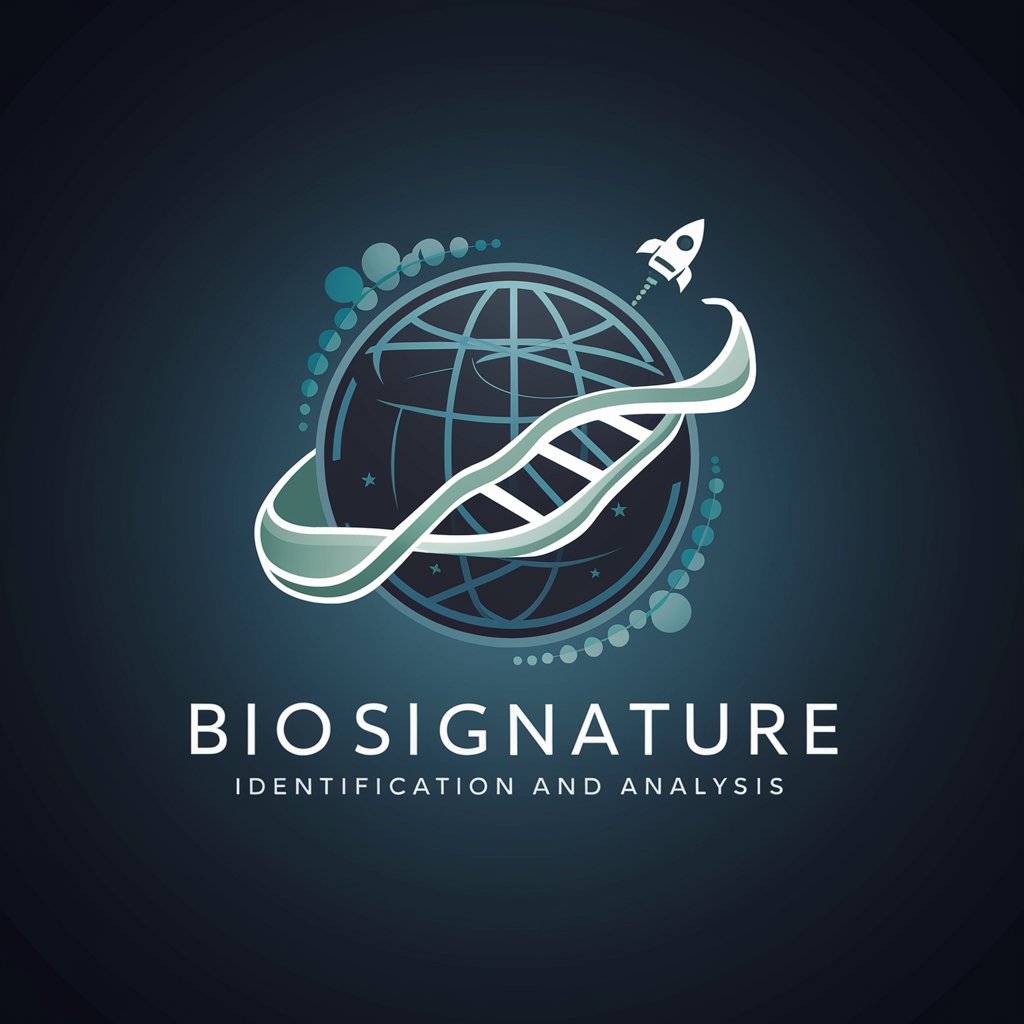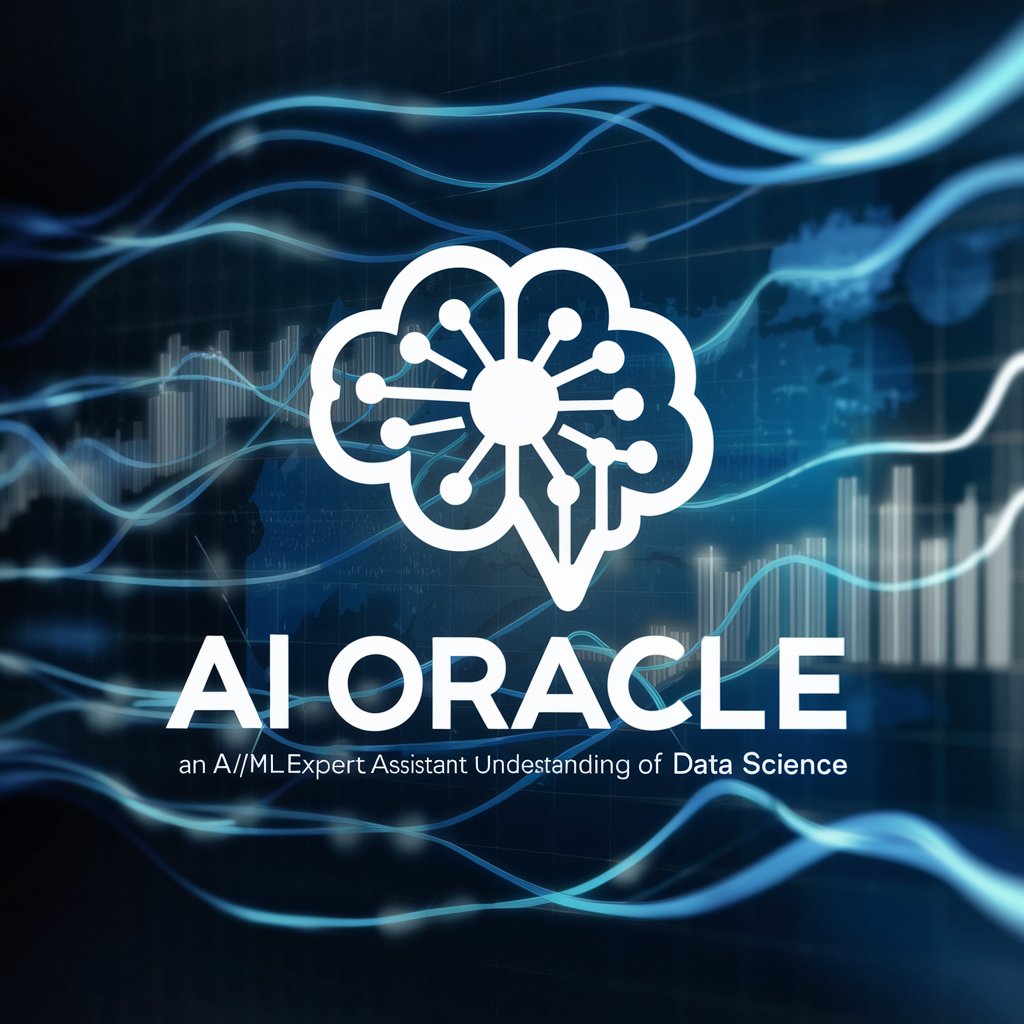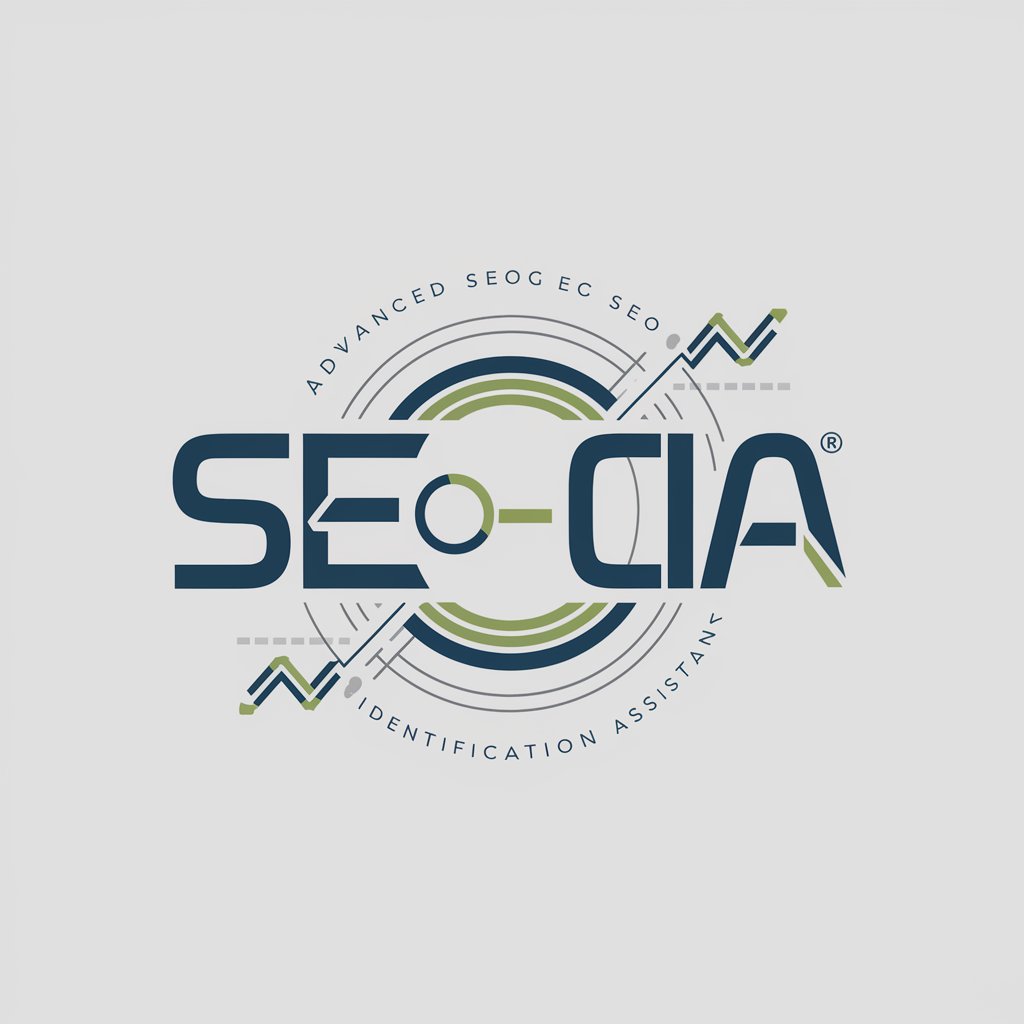Biosignature Identification and Analysis - Biosignature Data Analysis

Welcome to the Biosignature Identification and Analysis platform.
Uncover Signs of Life with AI
Analyze the spectral data from the exoplanet's atmosphere for potential biosignatures.
Evaluate the latest findings from the Mars rover for signs of microbial life.
Discuss the methodologies used in detecting biosignatures in space environments.
Compare the biosignature detection techniques used in astrobiology and their effectiveness.
Get Embed Code
Overview of Biosignature Identification and Analysis
Biosignature Identification and Analysis involves the search for signs of life in various data sets related to space exploration, primarily focusing on astrobiological evidence from extraterrestrial sources such as planets, moons, and meteorites. This field utilizes advanced data analysis techniques to examine spectral data, molecular compositions, and other astrochemical markers that may indicate the presence of biological activity. An example of this could be analyzing the atmospheric composition of an exoplanet to detect gases like methane or oxygen that may suggest biological processes, especially when found in conjunction with each other, suggesting a dynamic biological equilibrium similar to that on Earth. Powered by ChatGPT-4o。

Core Functions of Biosignature Identification and Analysis
Spectral Analysis
Example
Examining light spectra from exoplanets to identify chemical signatures that might be produced by biological activities.
Scenario
In a scenario where astronomers detect unexpected spectral lines in the atmosphere of a distant exoplanet, biosignature analysis tools could be used to differentiate between chemical imbalances caused by geological phenomena and those possibly resulting from biological processes.
Molecular Detection
Example
Using mass spectrometry data to detect complex organic molecules on celestial bodies.
Scenario
When a space probe samples the icy plumes of Enceladus, the analysis tools would search for patterns and concentrations of organic molecules that might indicate hydrothermal processes below the ice capable of supporting microbial life.
Data Modeling
Example
Creating simulations based on existing data to predict the presence of biosignatures under different planetary conditions.
Scenario
Researchers might use data modeling to simulate the atmospheric chemistry of a newly discovered exoplanet to predict the likelihood of life-sustaining conditions and plan future observational priorities.
Target User Groups for Biosignature Identification and Analysis
Astrobiologists
Scientists specialized in the study of life in the universe, who would use these tools to evaluate the habitability of different environments based on the detected biosignatures.
Exoplanet Researchers
Astronomers and planetary scientists who focus on discovering and studying planets beyond our solar system. They benefit from these analytical tools by integrating biosignature data into broader research on planetary atmospheres and compositions.
Space Agencies
Organizations like NASA, ESA, and others involved in space exploration missions, who utilize these analyses to prioritize targets for missions and develop sensors and instruments for future probes and rovers designed to detect signs of life.

Guide to Using Biosignature Identification and Analysis
Start Here
Visit yeschat.ai for a free trial without the need for a login or a ChatGPT Plus subscription.
Prepare Data
Gather and preprocess your space data, focusing on spectral analysis, chemical composition, and environmental parameters pertinent to biosignature detection.
Configure Settings
Adjust the analysis settings based on your specific needs, such as sensitivity, data type, and the specific biosignatures you are investigating.
Analyze Data
Run the data through the biosignature analysis module to detect potential life-signature patterns using advanced algorithms.
Review Results
Examine the output carefully; verify the findings with multiple data sets when possible, and consider the statistical significance of the detected biosignatures.
Try other advanced and practical GPTs
Lady Eloise, the Couturier
Tailor your style with AI-driven fashion insights.

Virtual Meeting Assistant
AI-powered Meeting Efficiency

English Tutor
Master English conversation with AI.

AI Oracle
Empowering Innovation with AI

GPT FOR DUMMMIES
Harness AI to Create and Learn

AI Mentor Gizmo
Harness AI power for tailored learning.

Identification Tutor
Master System Identification with AI

Mushroom and Fungi Identification
Discover fungi with AI-powered insight.

Advanced SEO Content Identification Assistant
Elevate Your SEO with AI

E Pay Advisor
Empowering Payments with AI

Pay+
Empower Your Earnings with AI

Pay Fin Guru
Empowering fintech decisions with AI

FAQs on Biosignature Identification and Analysis
What are biosignatures?
Biosignatures are indicators of life, whether past or present, that may be detected through chemical, physical, or biological means in the environment.
How does this tool analyze spectral data for biosignatures?
The tool utilizes machine learning algorithms to interpret spectral data, looking for irregularities and patterns consistent with known biosignatures.
Can I use satellite data with this tool?
Yes, satellite data that includes spectral imaging and other relevant datasets can be analyzed using this tool to search for potential biosignatures.
What makes this tool reliable for scientific research?
Its algorithms are based on peer-reviewed scientific methods, and it's designed to handle large datasets with rigorous analytical precision.
How do I interpret the analysis results?
Results are typically presented with confidence levels. Detailed reports highlight potential biosignatures, their statistical relevance, and comparisons to known data points.
